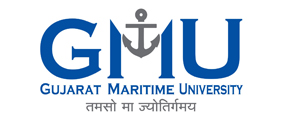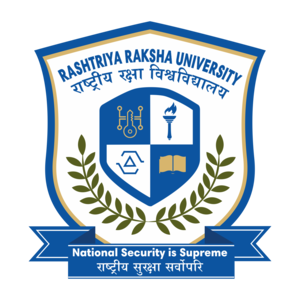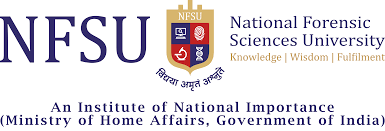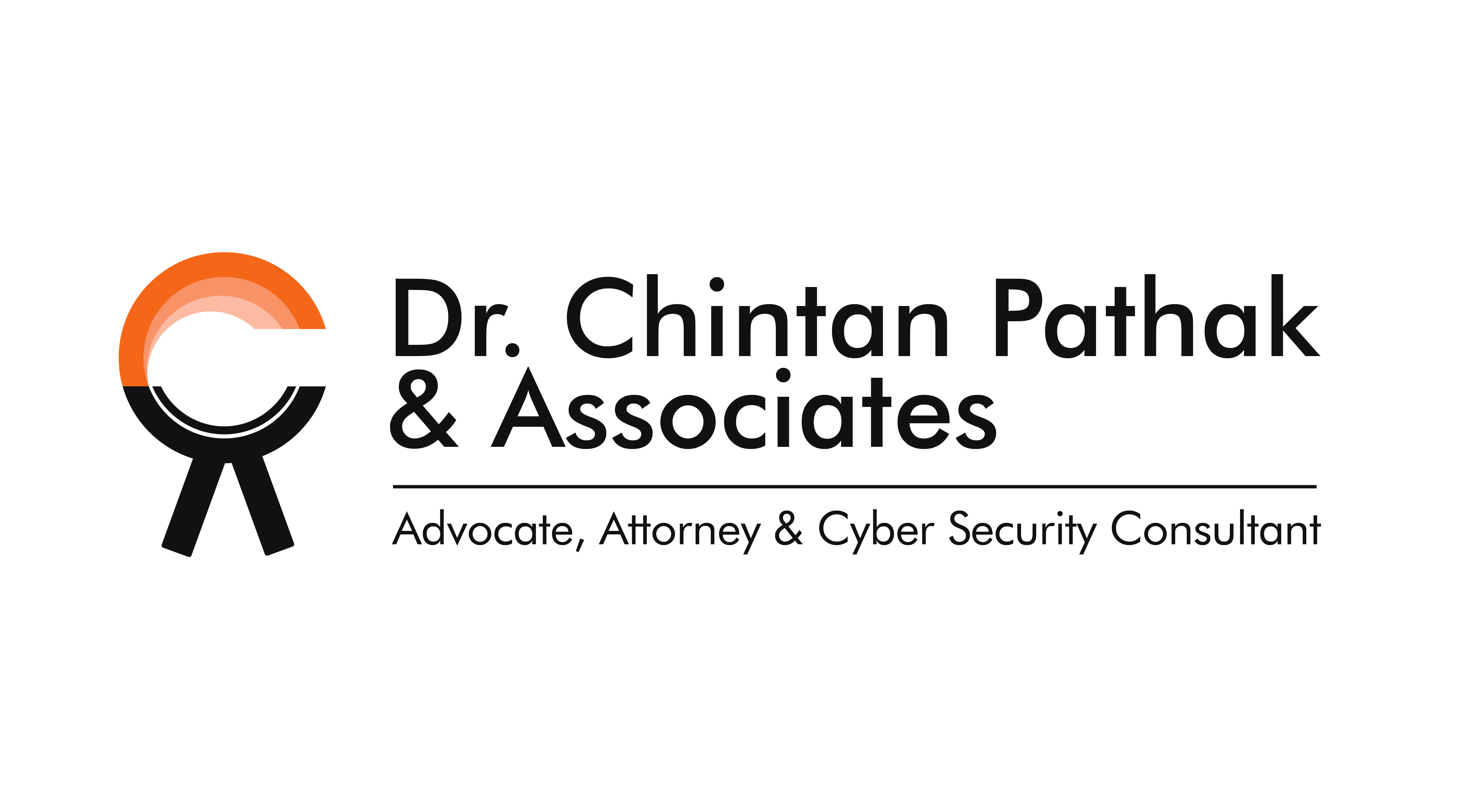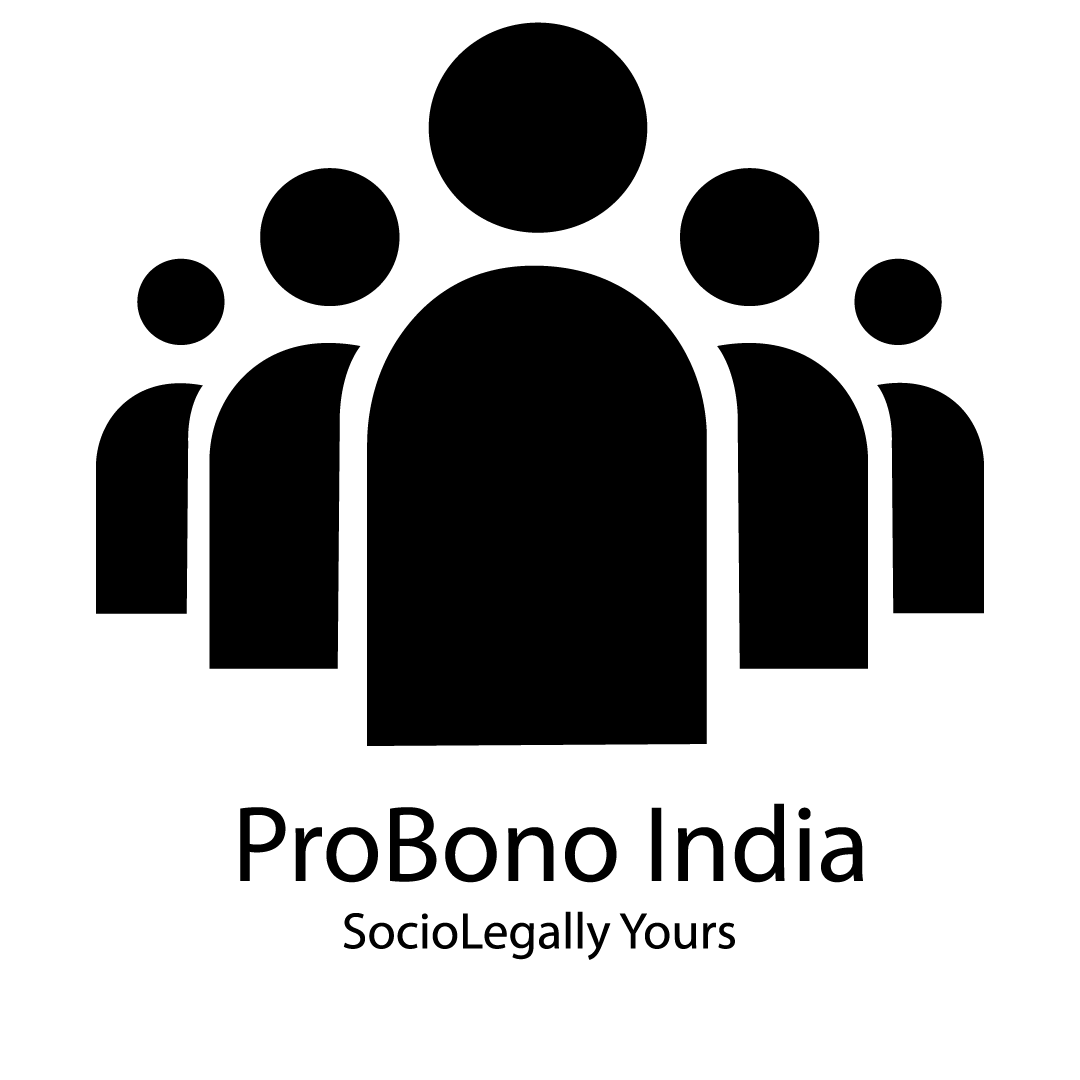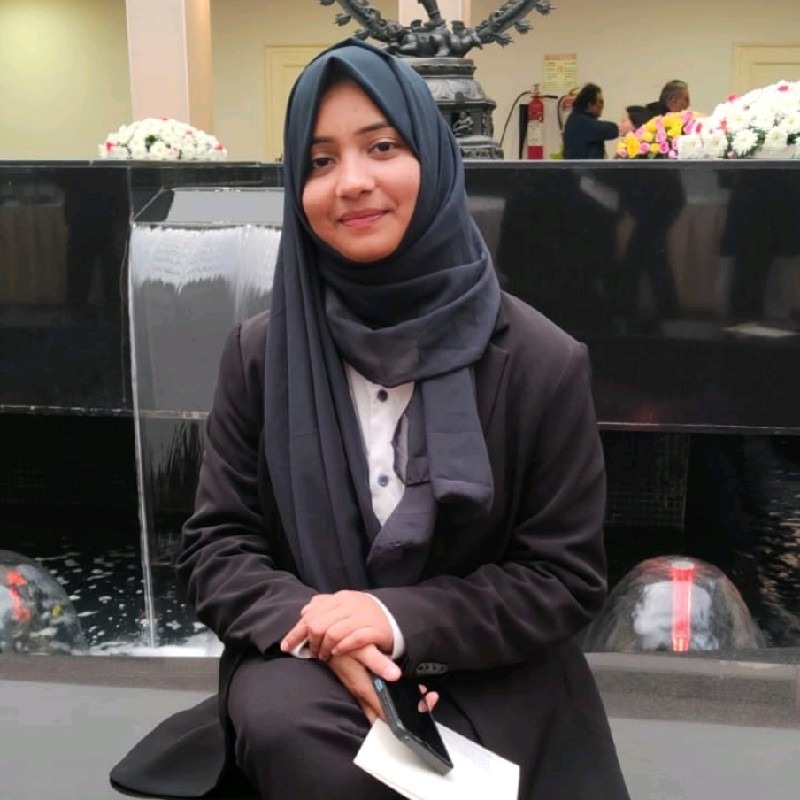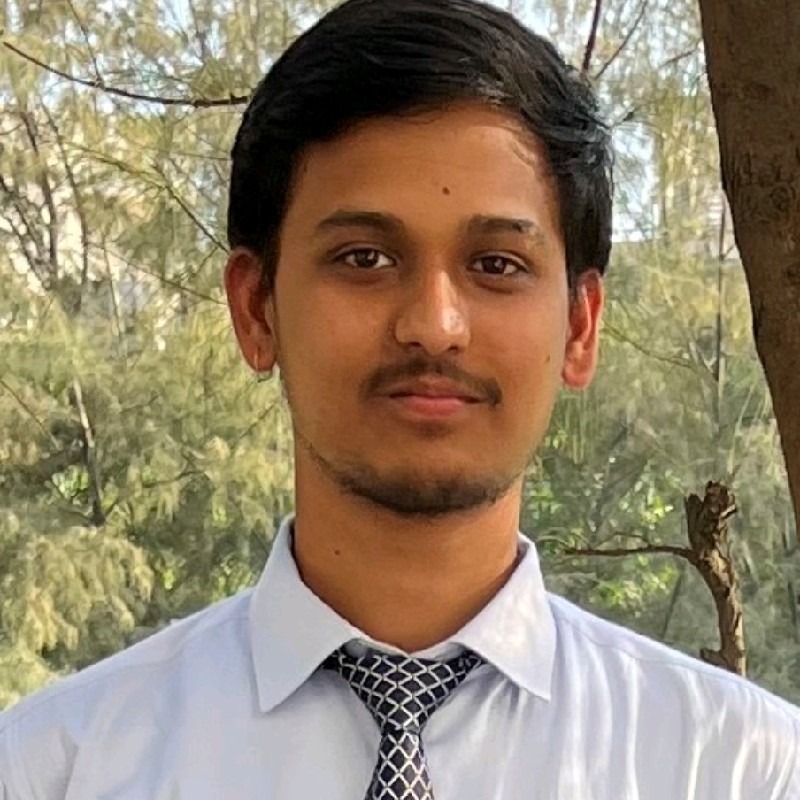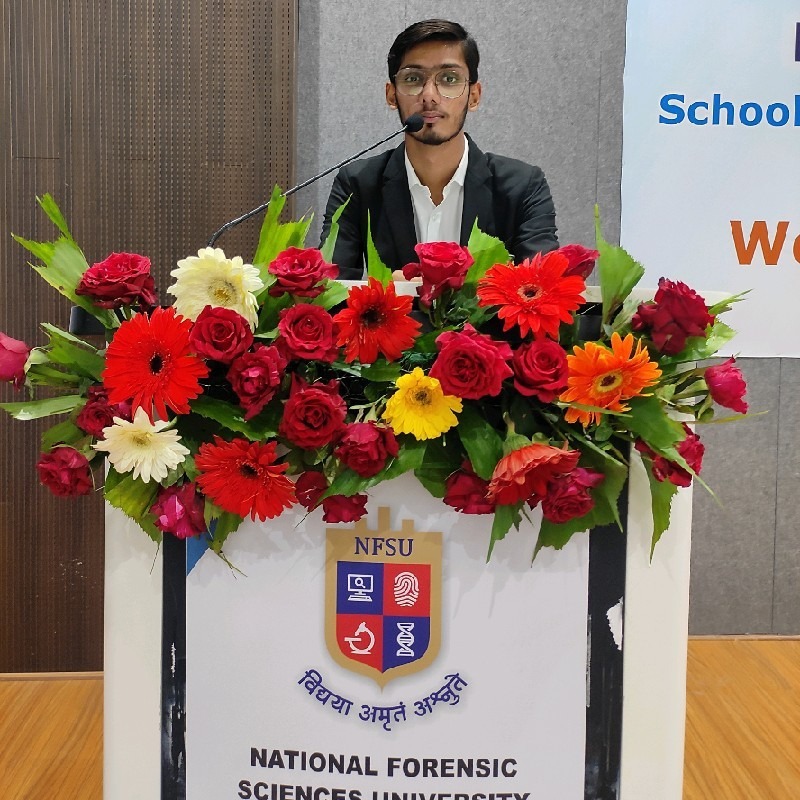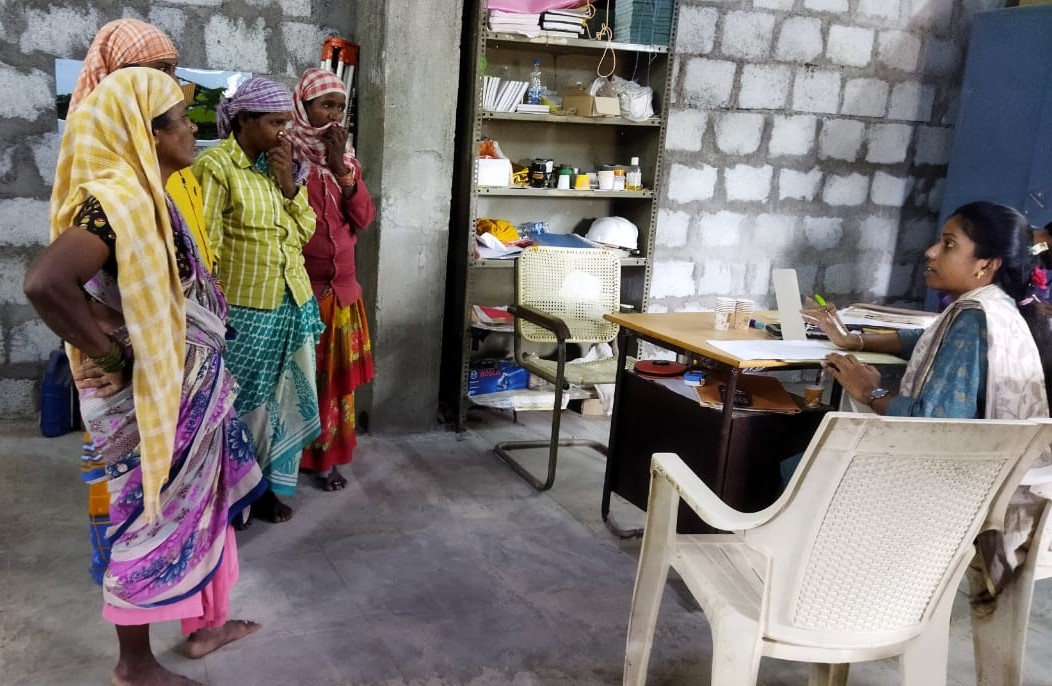
Monitoring and Governance of Child Rights
MONITORING AND GOVERNANCE OF CHILD RIGHTS
- Saurav Kumar, National Law University, Odisha
Across the globe, the childishness nature of children has been widely quoted as ‘golden years’ that is quite similar to joyful, playful, liberal and virtuous in nature of one’s life. This phase in particular is considered to be the best phase of life till the existence of human individuals because there are no chains tied and bounded in the name of responsibilities. It is considered that children are vulnerable because they are young and they don’t know how to protect themselves from the outer danger of the world. Since they are very young and vulnerable at this age, they need to be taken care of and safeguarded from the cruel world out there. With that being said, the relation between parents and their children is said to be divine and parents provide each and everything that falls in their ambit which is suitable for their children with care and love. They do it for the best interest of their children so that they develop themselves and learn what all it takes for survival. In parent-children relationships, parents are said to be their guardians and as a guardian they have to take care of them and develop them in every aspect of the cruel world out there. The above-mentioned statements might be true or not because the whole childhood reality is a big question to itself and hence demands thorough censorious analysis. Therefore, these quixotic conceptions and depictions affiliated with the childhood of one’s child have been confronted, specifically related to penury, sickness, ill-treatment and misuse of these widespread concepts around the world. The majority of the people also believe that childhood is that phase through which a new set of rules and regulations are introduced to them and which are unknown to them. Therefore, these rules and regulations do not apply to other people of the society. This is exactly that phase in one’s life throughout which he or she neither anticipates nor permitted to actively engage in different dominions of communal life. On that account, the life of a child is not a world of amnesty and freedom but in reality it is of incarceration and restriction in which children are compliant to their parents and influenced by them. On that note, it can be understood that the childhood phase is nothing but a world of segregation, sorrow, enslavement, tyranny, harshness and maltreat.
As we are very much aware of the fact that India got its independence on 15th August 1947. This independence brought a lot of changes in everyone’s lives and especially in the lives of children. The ancient procedure, and its communal, profitable and administrative preferences from the nineteenth century to the twentieth century, surfaced the way for building a more logical conception of childhood found inside the family as the main organized impact and as the main place for interaction. Furthermore, it decides the essence of the relationship between the child, the state and the family and therefore it creates an important beginning for all children of a national childhood. Consequently, India’s Constitution came into action on 27th January 1950 which consists of laws for protection, survival and development of children. These laws are constituted in both Part III and Part IV of India’s Constitution regarding ‘Directive Principles of State Policy’ as well as ‘Fundamental Rights’. Some of the important constitutional provisions drafted in India’s Constitution that favors child rights in India are detailed below. [1]
FUNDAMENTAL RIGHTS[2]
• ARTICLE 14 : This law says that everyone in India is equally protected with legislations and no is above the law.
• ARTICLE 15 : This law says that there should be no segregation with anyone by virtue of religion, color, gender, caste and birthplace.
• ARTICLE 15 (3) : This law declares that it is the job of the State to make extraordinary rules and guidelines for infants and women.
• ARTICLE 15 (4): This law declares that it is the job of the State to make extraordinary rules & guidelines about education and social issues for the development of citizens who belong to (SC/ST).
• ARTICLE 17 : This law states that the practice of “Untouchability” in any form is illegal and forbidden in the eyes of law.
• ARTICLE 19 (1) (a) : This law declares that everyone in India are having the rights to liberation of expression and speech.
• ARTICLE 19 (1) (c) : This law says that everyone in India is having the rights regarding formation of unions & associations.
• ARTICLE 19 (1) (d) : This law declares that everyone in India is having the rights of moving freely anywhere in India.
• ARTICLE 19 (1) (e) : This law declares that everyone in India is having the rightsof living anywhere in India.
• ARTICLE 21 : This law declares that everyone in India is having the rights to being an individual as well as personal liberation as stated by the mechanism set by law.
• ARTICLE 21 (A) : This law states that the State must give every child of India aged between six to fourteen years a free education.
• ARTICLE 23 : This law states that human trafficking, beggary and another same type of coerced labor are illegal and prohibited in the eyes of law.
• ARTICLE 24 : This law states that children aged below fourteen years should not work in any factories or mines and should not be engaged in any other dangerous jobs that involve risk or any type of harm to the body.
DIRECTIVE PRINCIPLES OF STATE POLICY[3]
• ARTICLE 39 (e) : This law states that the soft-hearted children should not be misused and should not be enforced by financial problems to enter into any jobs that are not parallel to their strength or age.
• ARTICLE 39 (f) : This law states that the children should be given every benefit and resources that will help them develop their mentality as well as physicality with full freedom and dignity and their childhood should be safeguarded against material and moral abandonment.
• ARTICLE 45 : This law states that children aged below six years should be provided with premature childhood supervision and education.
• ARTICLE 46 : This law states that the State has to promote extraordinary care to the disadvantaged community like the (SC/ST) in the matters of education and economics.
• ARTICLE 47 : This law states that there should be an increased level of nourishment and living standard of people and also the advancement of public health.
• ARTICLE 51 (A) (k) : This law states that guardian or parent has to give opportunities regarding education to their children aged between six to fourteen years.
UNITED NATION DECLARATION OF THE RIGHTS OF THE CHILD
The UN Declaration of the Rights of the Child is a worldwide treaty that encourages the child rights. It is also called as Geneva Declaration. This worldwide document was drafted in 1924 and accepted by the United Nations in 1959. This universal documentation extends up to 54 Articles out of which 41 Articles specifically deals with the Right of the Child. This universal documentation aims to provide equality to the children across the globe and it especially deals with their protection, survival, growth and evolution. The Government of India ratified this treaty on 11th December 1992 and hence became an abounding nation to follow the protocols of the convention. [4] The basic summarization of the United Nations Declaration of the Rights of the Child is detailed below.
The children must be provided with the resources that are important for their development, both physically and mentally.
The children should be the first to get consolation in times of agony.
The children should not face any kind of exploitation and should be provided with an opportunity to earn their livelihood.
The children should be aware of their talents with the help of their guardians so that they can positively contribute to the society.
The ravenous child must be taken care of, the child that is debilitated must be breastfed, the child that is in reverse must be helped, the reprobate child must be recovered, and the vagrant and the starving stray must be shielded and supported.
Children comprise the country\'s significant assets. The future of the country relies upon how youth develop and create. So, the society must care for each child with the end goal of guaranteeing full improvement of its character. Children are the future caretakers and leaders of the Society. Children are extremely future segments as extraordinary instructors, researchers, judges, doctors, engineers, lawmakers on whom the whole society is established. Shockingly a huge number of youngsters are denied of their adolescence and right to training and along these lines they are exposed to misuse and harm.
REFERENCES
[1] ‘ChildrenRights.Pdf’ <https://nhrc.nic.in/sites/default/files/ChildrenRights.pdf> accessed 12 April 2020.
[2] ‘The Constitution of India, 1950’
[3] ‘The Constitution of India, 1950’
[4] ‘ChildrenRights.Pdf’ <https://nhrc.nic.in/sites/default/files/ChildrenRights.pdf> accessed 12 April 2020.
